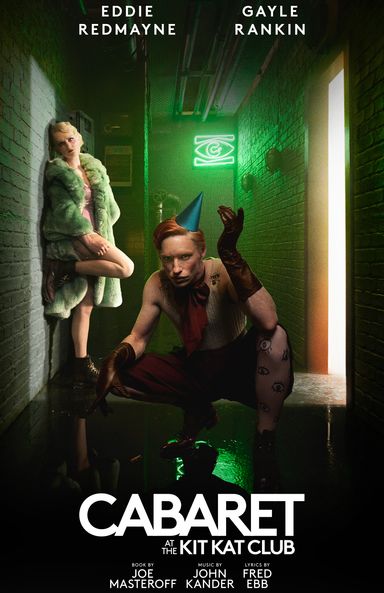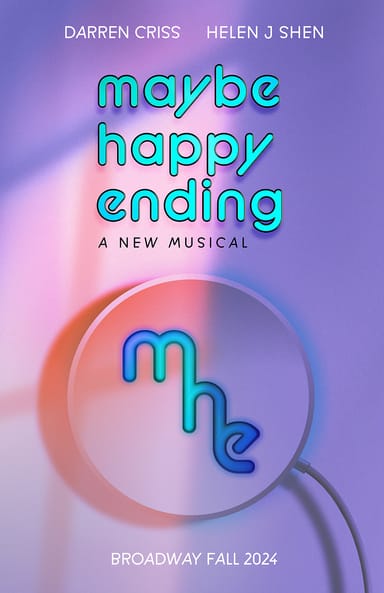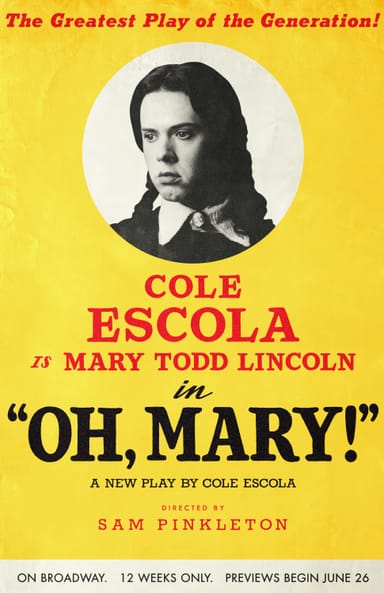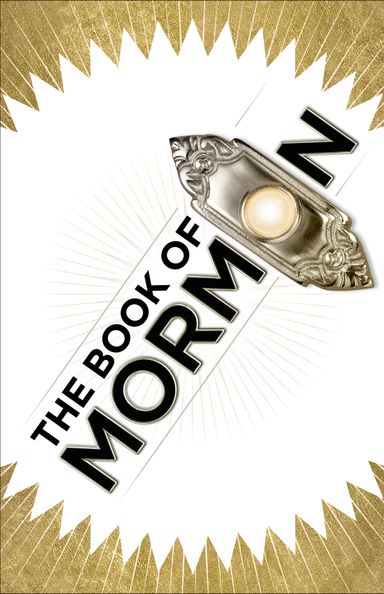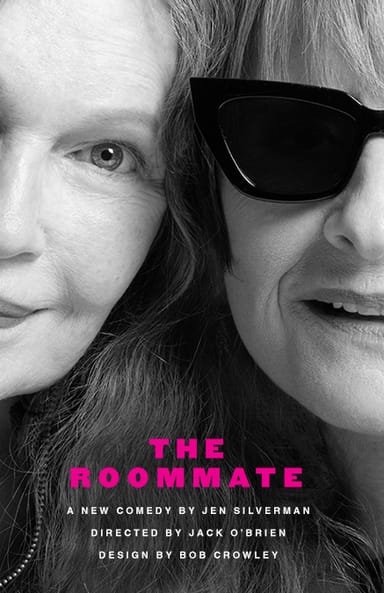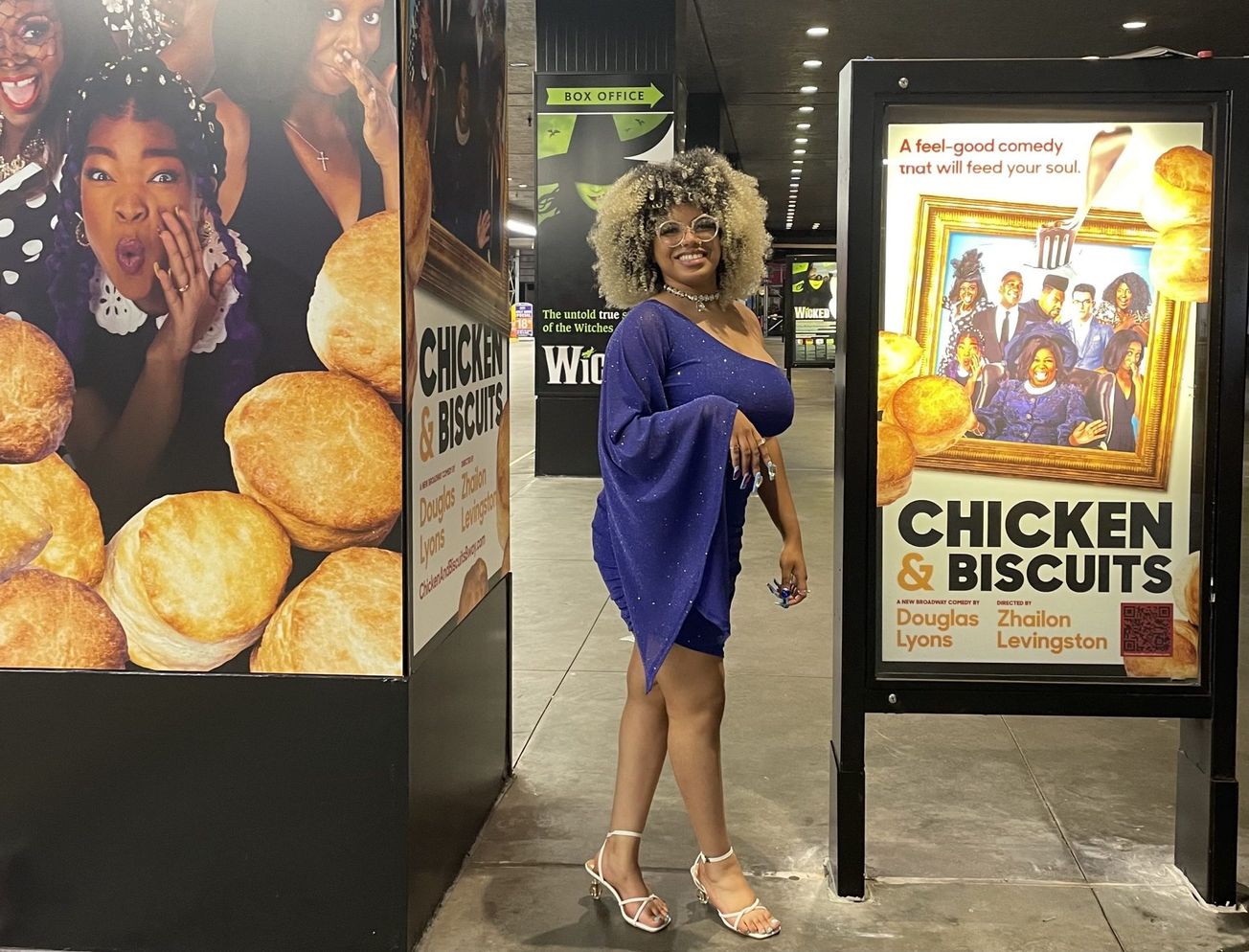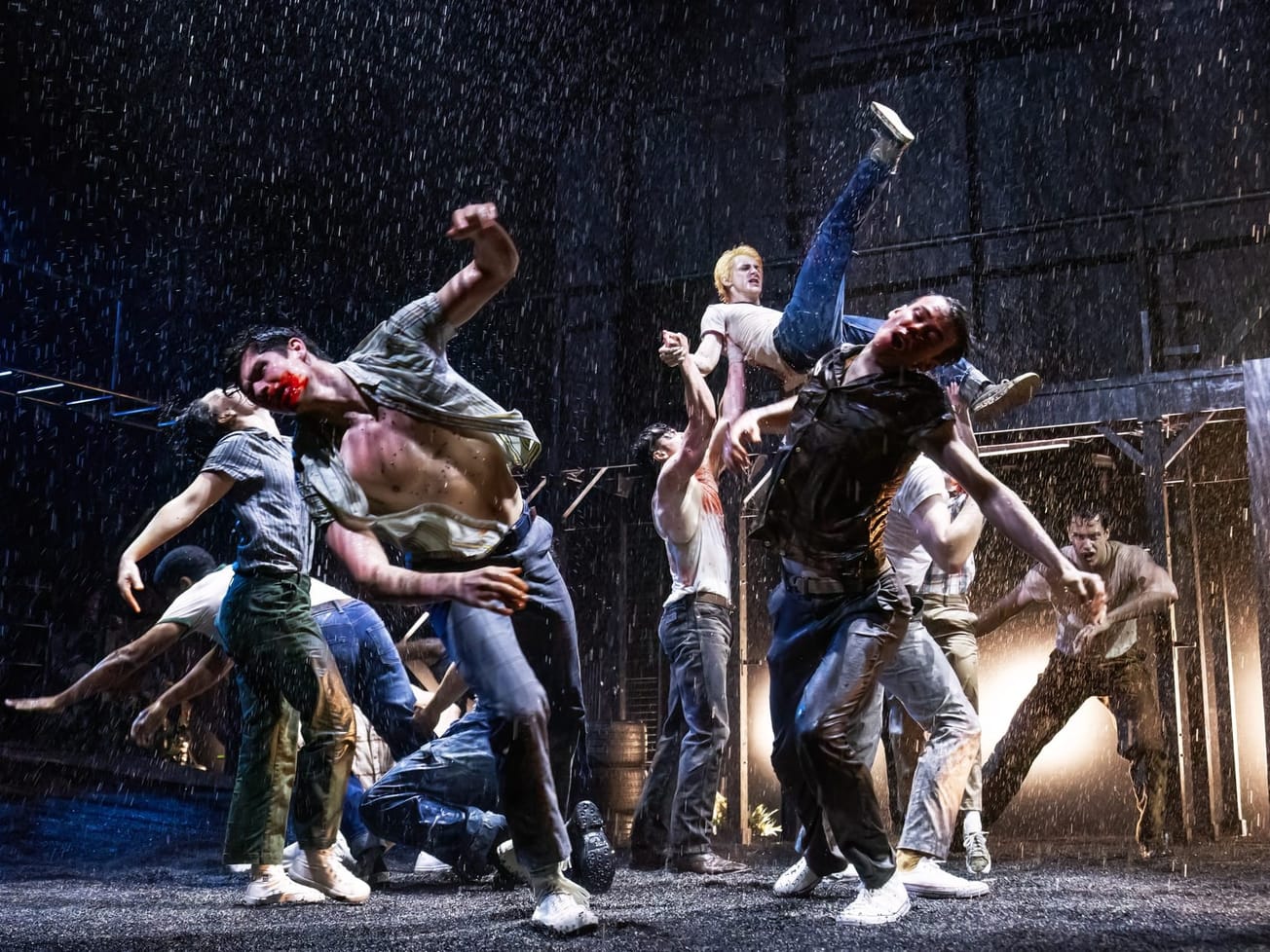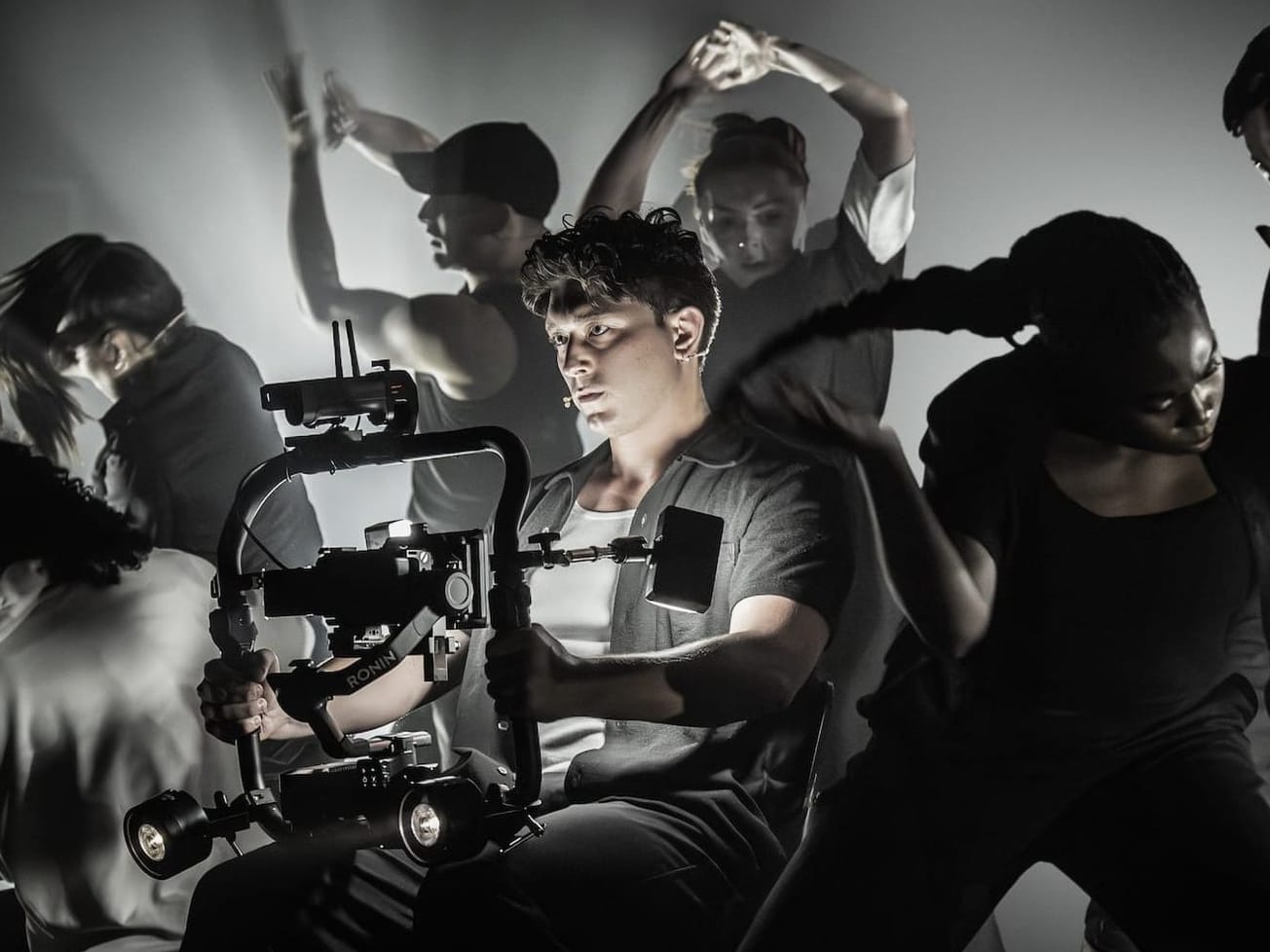On Broadway, the field of sound design has long been dominated by men and lacking in diversity.
But this season, sound designer Twi McCallum made her Broadway debut with “Chicken & Biscuits” and likely became the first woman of color to design sound on Broadway. One day after it opened, “Is This a Room” made its debut with Sanae Yamada, who is also a woman of color, as co-sound designer.
One major roadblock to reaching these milestones, according to McCallum, has been making connections with the right people.
“A lot of directors who have been doing this for many years have a core group that they go to,” McCallum said. “And it’s really hard to break into that group to give that slot to somebody else.”
Before “Chicken & Biscuits,” McCallum worked with director Zhailon Levingston on a radio play for the National Black Theatre and a virtual work for the New Ohio Theatre’s Ice Factory Festival. McCallum recalls messaging Levingston after researching up-and-coming theater artists as a means to break into the field. Levingston said her professional reputation preceded her.
“She is an artist who has their own point of view, and I think I work best with people who have very strong points of view, because it means that even as we compromise or collide ideas, we’re always working towards something that feels greater than us,” Levingston said.
The 25-year-old McCallum spent a few years at Howard University and then studied at the one-year sound design program at the Yale School of Drama. She then worked on several regional theater and Off-Broadway projects, including as a musical composer. When “Chicken & Biscuits” transferred to Broadway, Levingston hired McCallum due to her past work, but also as part of a conscious decision to bring Black designers to Broadway.
“It was very important that 2021 be the last year that there never was an all-Black creative team working on a comedy on Broadway,” Levingston said.
In addition to breaking barriers as one of few women of color to design sound on Broadway, McCallum is one of few female sound designers. Exact data on the field is difficult to find, but the Broadway League has recorded 17 female sound designers with Broadway credits. Gender identity is self-reported by designers, and therefore may not include every instance on Broadway.
The field has made some recent strides. In 2011, Cricket S. Myers became the first woman to ever be nominated for a Tony Award for sound design. In 2019, Jessica Paz became the first woman to win a Tony Award for sound design as a co-designer on “Hadestown.”
While technical fields have traditionally been male-dominated, Paz said there are many qualified women and women of color in sound design who have yet to work on Broadway.
“I think the people are out there, and there just needs to be more effort to seek them out,” said Paz, who is co-chair of the Theatrical Sound Designers and Composers Association. The association has access to a database of female sound designers and designers of color, as one resource.
During the theatrical shutdown, other organizations such as the Black Theatre Coalition and the Cody Renard Scholarship Program have sprung up to diversify Broadway’s behind-the-scenes workforce.
While “Chicken & Biscuits” marked McCallum’s Broadway debut, she found the overall design process to be similar to her work in smaller theaters — albeit with a comparatively shorter rehearsal period and a bigger budget.
As with other shows, McCallum prepared many sound cues ahead of time, so the cast could give feedback during rehearsals. After consulting with Levingston during the play’s tech period, McCallum found that she needed to increase the number of cues to 130 from the initial 40 to match the comedic nature of the show.
“The approach we took with this play was trying to support some of the jokes and the transitions by making the sound effects funny or musical,” McCallum said.
McCallum is currently working on the Off-Broadway musical “A Turtle on a Fence Post” and will soon start as a sound design assistant on the Broadway reopening of “Company” — a position she secured through the Black Theatre Coalition.
Going forward, McCallum hopes to design more musicals and to see more female designers and women of color take the lead on Broadway projects.
“I honestly don’t think directors know that people like me are out here working and are ready to keep doing bigger work,” McCallum said.






